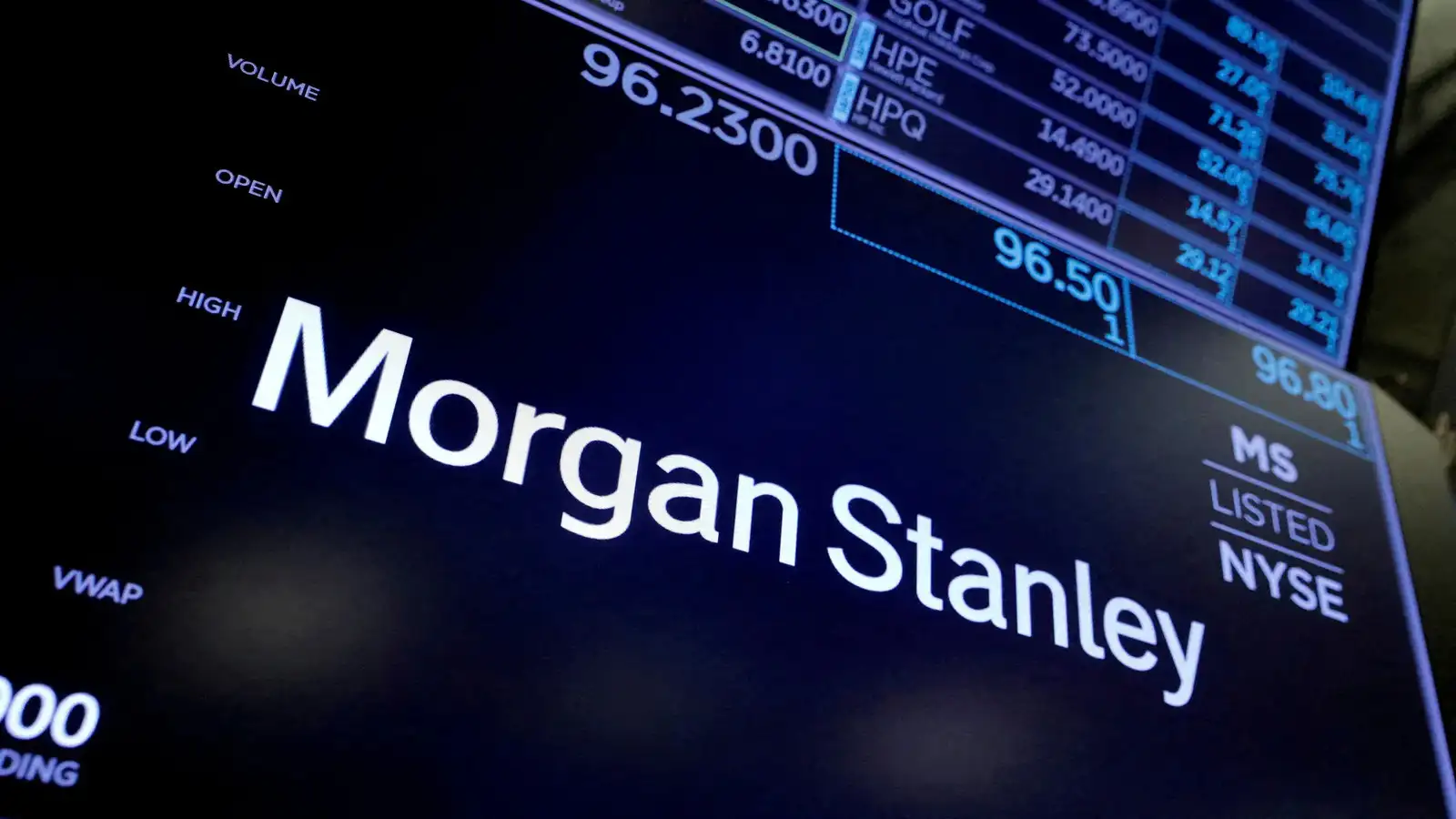Insights from Morgan Stanley on the Timing of Sensex Reaching the 1 Lakh Milestone

Morgan Stanley has projected that India’s BSE Sensex could reach 89,000 by June 2026, following a recent decline in Indian stocks from their peak in September 2024. This forecast is seen as a buying opportunity, with the firm also estimating a 30% chance of the index hitting the milestone of 100,000. The new target reflects updated earnings estimates and a shift in market dynamics, suggesting a positive outlook for India’s economic growth.
Market Projections and Conditions
Morgan Stanley’s equity strategist, Ridham Desai, emphasized that the new target of 89,000 represents an 8% upside from current levels. This projection is based on a trailing price-to-earnings (P/E) ratio of 23.5, which exceeds the 25-year average of 21. For the Sensex to reach 100,000 within the next year, several conditions must be met. These include maintaining oil prices below $65 per barrel, implementing reductions in Goods and Services Tax (GST) rates, advancing farm legislation, achieving a compound annual growth rate (CAGR) in earnings of 19%, and easing global trade tensions. The higher valuation compared to historical averages indicates growing confidence in India’s mid-term growth trajectory and a stable policy framework.
Factors Influencing the Sensex
According to Morgan Stanley’s latest equity strategy report, there is a 50% probability that the Sensex will reach the 89,000 mark, contingent upon robust domestic growth, moderate growth in the U.S. without a recession, and stable oil prices. The report anticipates a favorable trade agreement between India and the U.S., along with a potential reduction of 50 basis points in short-term interest rates. Positive liquidity conditions are also expected to support this growth. The report highlights that retail demand is likely to outpace supply, with earnings for the Sensex projected to compound at an annual rate of 16.8% through fiscal year 2028.
Market Dynamics and Investor Sentiment
Despite recent market fluctuations, Indian stocks have shown resilience, with limited increases in implied volumes during declines. Desai noted that persistent retail buying underpins the market’s structural nature. However, foreign portfolio positioning has weakened significantly, indicating a shift in sentiment towards India. The brokerage firm has adjusted its portfolio strategy, increasing weightage in sectors such as financials, consumer discretionary, and industrials, while reducing exposure to energy, materials, utilities, and healthcare. This shift reflects a market environment that favors stock selection over macroeconomic factors, with an average active sector position of just 80 basis points.
Observer Voice is the one stop site for National, International news, Sports, Editor’s Choice, Art/culture contents, Quotes and much more. We also cover historical contents. Historical contents includes World History, Indian History, and what happened today. The website also covers Entertainment across the India and World.

